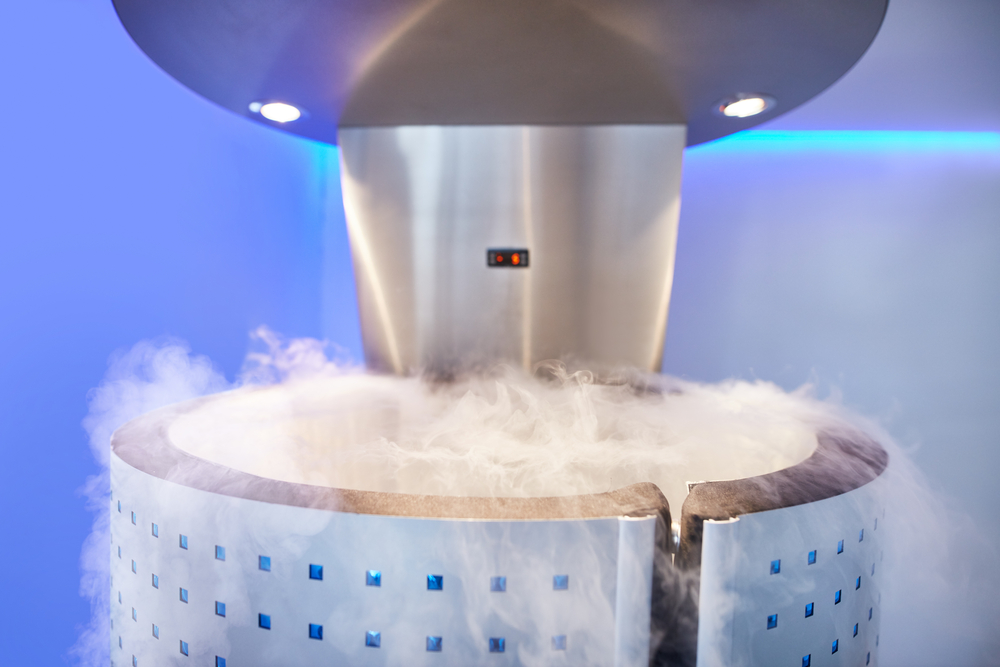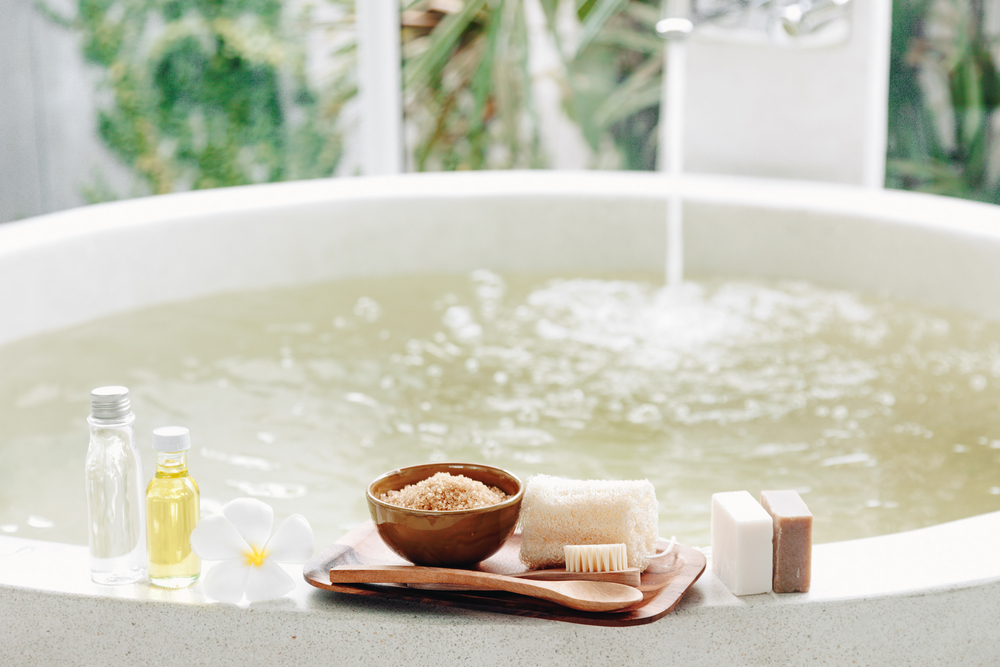Increased investment into sport, accompanied by developments in science and technology, have dramatically changed the way elite level athletes are being treated for their injuries. Some of the newer treatments that had previously been reserved only for full-blown injuries have now been incorporated into the everyday routine of many professional athletes, as part of a strategy to enhance rest and recovery. And no treatment has benefitted more from changing attitudes than hydrotherapy.
Whole Body Cryotherapy
An exercise that started as a treatment for rheumatism in Japan in 1989 has since become standard practice the world over. By plunging the body into startling temperatures of -160°C, the brain reacts by stimulating the process of vasoconstriction – causing the arteries and the veins that carry blood to narrow. Because of this, less blood, and therefore fewer white blood cells, reaches the inflamed areas of the body, resulting in a reduction in swelling. Other rumoured effects include a feeling of well-being, increase in mood, and better quality sleep. The scientific basis is, at best, sketchy, but that hasn’t stopped the likes of Leicester City and the Welsh rugby team from undergoing whole body cryotherapy on a regular basis.
Cold water immersion
While human nature explains why whole body cryotherapy has superseded the popularity of ice baths (people would rather be colder for a shorter period of time) the evidence actually suggests that the less popular (and harder to endure) practice is actually a more effective one. Research published in June declared that undergoing cold water immersion at 8°C for ten minutes produced a greater decline in tissue temperature and blood flow than those who underwent whole body cryotherapy at -110°C for just two minutes.
Traditional hydrotherapy
Hydrotherapy in its truest sense is used throughout professional sports. Typically in a heated, rectangular pool, athletes benefit from the reduced load environment offered by the water. For this reason, traditional hydrotherapy is particularly popular for early forays into rehabilitation. Because of the variety of depths, underwater exercises can be accomplished by players with different injuries at different stages of their injuries.
Standard hot shower
As much as it seems that wince-inducing cold is the only way to go when it comes to hydrotherapy, a standard warm shower can also be beneficial. Because hot water encourages vasodilation, blood flow is increased – meaning muscles are relaxed and lactic acid is flushed out – making a warm shower the perfect way to recover from anaerobic exercise. And, as with any hydrotherapy treatment, you want to make it as easy as possible to endure, so investing in a shower booster pump that can provide you with the perfect water pressure is a must.
In summary, hydrotherapy is far from a perfect way to address recovery, but it is nevertheless a helpful one. The effects may be minimal, but that can be the difference between success and failure. And nowhere are these margins more critical than in the world of elite professional sports, which is probably why they have been more widely adopted in this arena than anywhere else.





